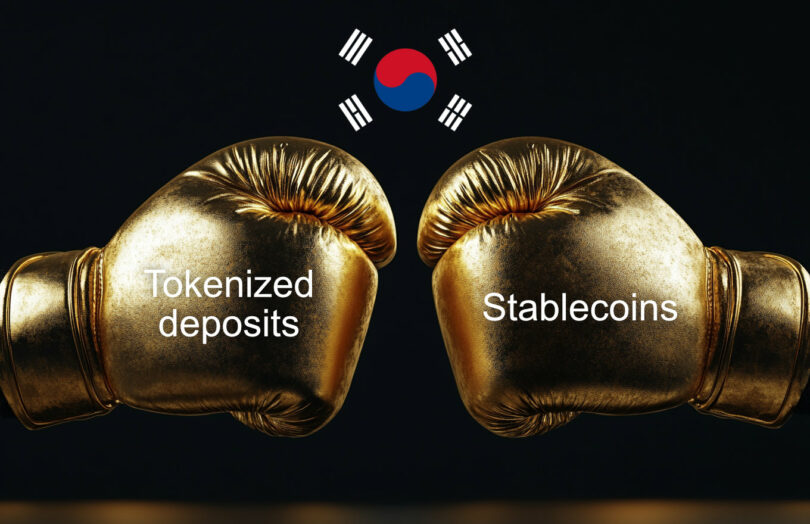Multiple Korean press reports claim that the Bank of Korea is pausing its wholesale CBDC and tokenized deposit project, Project Han River, following pushback from participating banks. The seven banks involved in the experiments are simultaneously planning to issue stablecoins as part of a consortium, taking advantage of new government plans to allow broader stablecoin issuance. The six original Han River participants are KB Kookmin, Shinhan, Hana, Woori, NH NongHyup, and Industrial Bank of Korea.
The first phase of tokenized deposit trials finished today, involving experiments with 100,000 people using tokenized deposits for consumers and wholesale CBDC for bank settlements. The project was scheduled to roll into a second phase later this year, but discussions about the next round of tests have been temporarily halted. There has been no formal announcement by the central bank, but commercial banks were informed of the delay on June 26.
Dual pressures drive the pause
Banks are concerned about the high costs of participation with an uncertain path to commercialization. The seven participant banks allegedly spent 35 billion won ($26 million) between them on the first tests. Last month, central bank Governor Rhee Chang-yong personally visited the CEOs of each participating bank and offered to cover some of their costs for phase two, but budget issues are only part of the story.
The central bank has other concerns. A senior official at a commercial bank told Yonhap news, “The Bank of Korea’s explanation is that since the legislation of stablecoins is currently in progress while it is not clear how CBDC, stablecoins, and deposit tokens differ and can coexist, they will wait and see how the situation develops,” adding, “The Bank of Korea has decided to hold off because there is great uncertainty and banks are having a hard time.” Last month, the central bank also appeared to be mulling whether to allow tokenized deposits on public blockchains.
Discussion may recommence in the first half of 2026.
Stablecoins emerge as an alternative
With the Korean government enabling various companies to issue stablecoins, banks see a potentially simpler path forward. The same institutions struggling with CBDC costs are now planning their own stablecoin consortium, suggesting they view this as a more commercially viable option.
Meanwhile, large Korean crypto investor Hashed is creating a separate consortium for stablecoin issuance involving crypto exchanges and securities firms, similar to the Paxos Global Dollar initiative but for the Korean won. This parallel development shows how stablecoins are attracting interest across different sectors of the financial industry.
Global implications
Korea may signal a broader pattern emerging in other regions. European banks have echoed similar concerns about the high costs of a digital euro retail CBDC, with some also exploring stablecoin issuance. The contrast is stark: while central banks wrestle with complex technical, coordination, and regulatory challenges, private stablecoins are gaining momentum.
This shift comes as stablecoin hype is reaching a peak. Talk of Amazon and Walmart considering stablecoins could extend real-world applications beyond emerging markets with volatile currencies. Notably, Governor Rhee Chang-yong leads an important BIS committee, and last week the BIS appeared to harden its stance toward stablecoins, characterizing them as unsound money. The timing suggests the central banking establishment may be responding to developments like Korea’s, where stablecoins are gaining ground over official digital currency projects.
The Korean experience suggests that CBDCs and stablecoins may not just coexist but actively compete, with private alternatives having a first mover advantage and lower costs.
Source: Ledgerinsights

